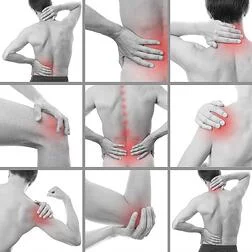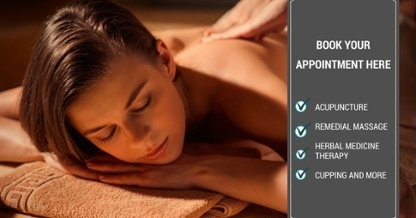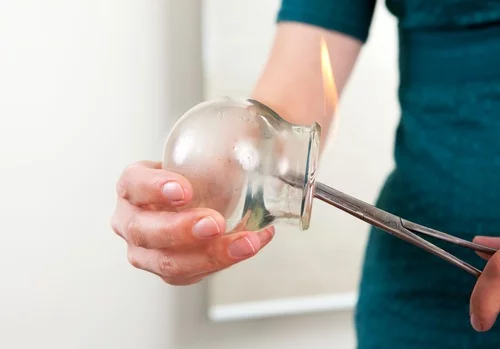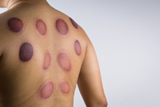Acupuncture is a complementary health technique in which trained practitioners insert needles in specific points of the body to stimulate the flow of energy or chi. Acupuncture treatment is relatively pain-free which can be used to help in the treatment of margarine, depression, insomnia and chronic pains. The therapy corrects imbalances of energy in the body. The process includes stimulating acupuncture points with needles (acupuncture), pressure(acupressure) electricity (electroacupuncture) or heat. The acupuncture points are regions containing a rich supply of nerve endings to stimulate the energy for healing.
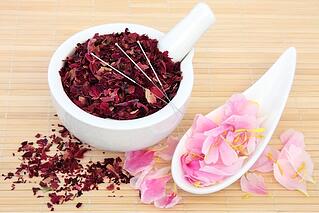
Traditional Chinese medicine recognises that a body is divided by a sense of meridians or channels into an orderly network, the lines form a longitudinal course around the body. The complex system of channels and their connecting vessels act as the distribution system that carries chi (energy), blood and body fluids around the body.
According to the traditional concepts, chi is the dynamic, vital energy present in all living things which flows through these channels regulating the body functions. The basic principle of acupuncture is that by stimulating points on the surface of the body, the effect occurs that is transmitted through the meridian and ultimately into the interior therefore by utilising the external surface or acupuncture points its possible to exert a direct therapeutic effect on the channels and organs and thus the internal body function.
Acupuncture is a therapy that some patients have found to be beneficial in reducing their related pain. It has been used many years to treat many ailments from chronic pains, anxiety, stress, depression and neurological diseases. The treatment helps to balance energy and improve the function of immune system and reduce pain.
To be eligible for accreditation one is required to have completed a course in acupuncture that is recognised by the Australian national therapists association. SITCM is proud to form competent professionals every year. For more information on Acupuncture, Herbal Medicine, Remedial Massage and more contact us today and make sure you come to visit us.
To book an appointment with the SITCM Teaching Clinic complete your details below.

